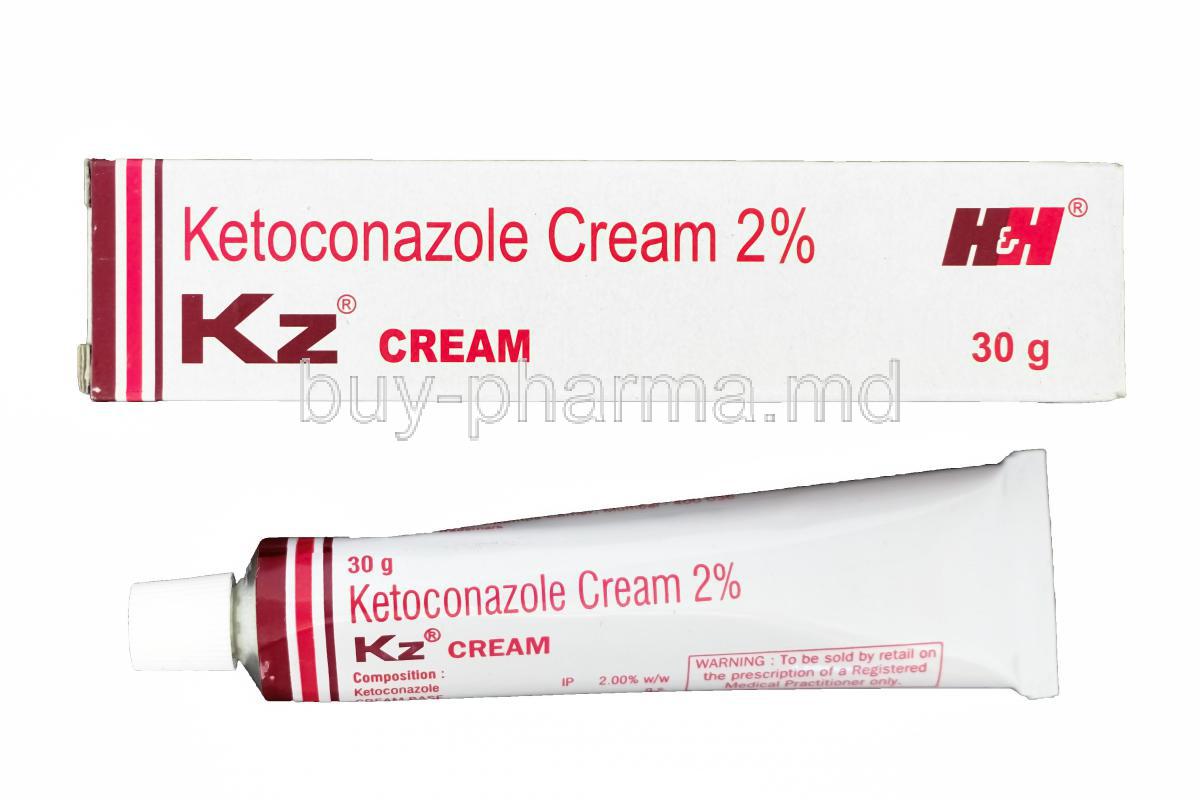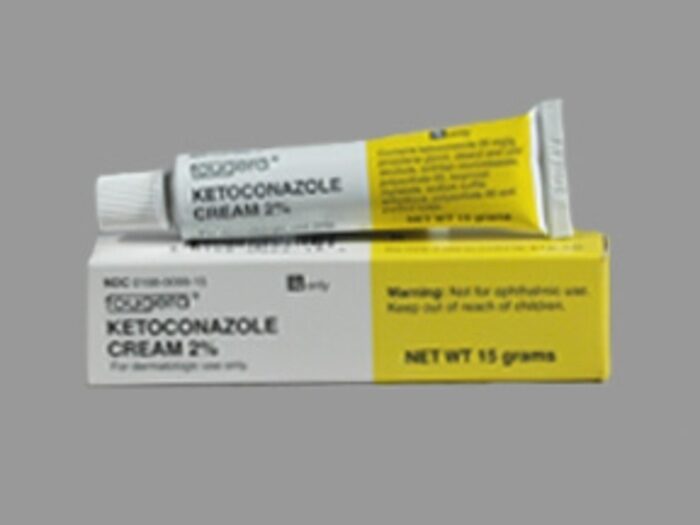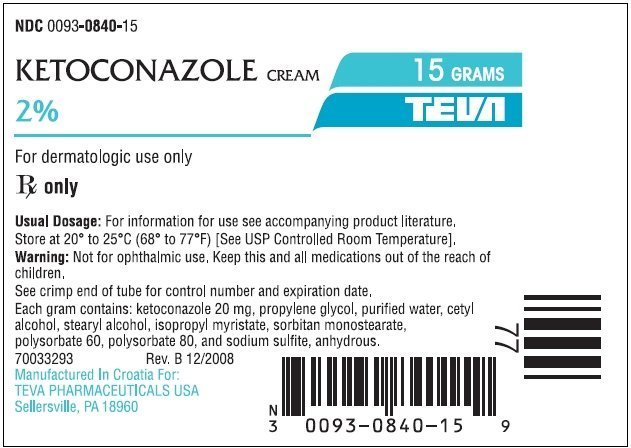

In recent years, both topical and oral allylamine and triazole antifungal drug resistance has become a problem, particularly in the Indian subcontinent.Įxtensive therapy-resistant dermatophyte infection should prompt this as a possible problem. Ketoconazole is not thought to interact with the oral contraceptive pill. The following drugs markedly decrease the concentration of ketoconazole: Antidiabetic sulphonylurea medication (tolbutamide, glibenclamide, gliclazide, glipizide).The antihistamines astemizole (Hismanal®) and terfenadine (Teldane®).Ketoconazole may increase the concentration of these drugs and enhance their effect: Ketoconazole interacts with alcohol rather like disulfiram (Antabuse®) and can cause severe nausea and vomiting. It is also contraindicated with the anticoagulant, dabigatran because of the risk of bleeding.Īs ketoconazole needs acid for its absorption, antacids, H2 antagonists (cimetidine, famotidine, ranitidine) and omeprazole should not be taken for 2 hours after ketoconazole.If long-term treatment with a statin and ketoconazole is required, suitable alternatives are fluvastatin, pravastatin and rosuvastatin. Toxicity results in muscle pain and weakness, which may be serious. Ketonazole should not be taken with the HMG Co-A reductase inhibitor simvastatin, and the dose of atorvastatin should be reduced.Ketoconazole is a p- glycoprotein inhibitor and can have serious interactions with other medications. Although only excreted in tiny amounts from breast milk, it should only be taken by a breastfeeding mother if essential. Ketoconazole should not be taken in pregnancy. It may exacerbate adrenal insufficiency ( Addison disease) Endocrine effects including enlarged breasts (in males), alopecia and impotence.
#Ketoconazole crema skin#


Oral ketoconazole was discontinued in New Zealand 1 December 2013. They are subsidised on prescription, but can also be obtained over the counter at a chemist.

Ketoconazole 2% Cream (Nizoral Cream®) daily and 2% Shampoo (Nizoral®, Sebizole®) twice weekly are used for seborrhoeic dermatitis, a common scaly rash affecting scalp and face. Ketoconazole is effective against a broad spectrum of fungi including: In New Zealand, it is available as shampoo and cream. Ketoconazole binds to the fungal p450 enzymes and stops the cells making ergosterol, the main component of the cell wall. Ketoconazole is an imidazole medicine used to treat fungal infections.


 0 kommentar(er)
0 kommentar(er)
